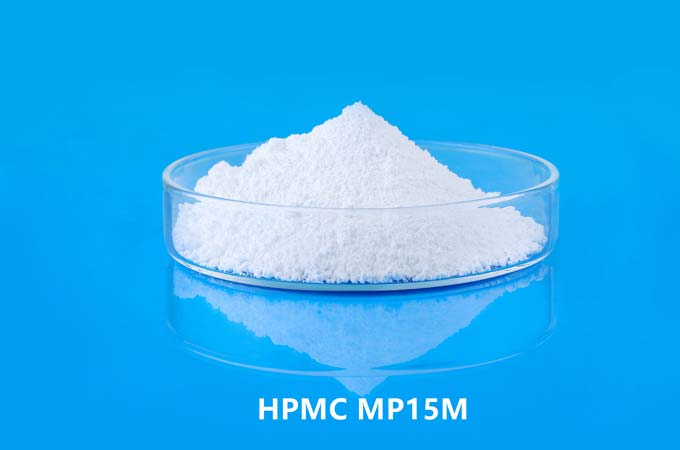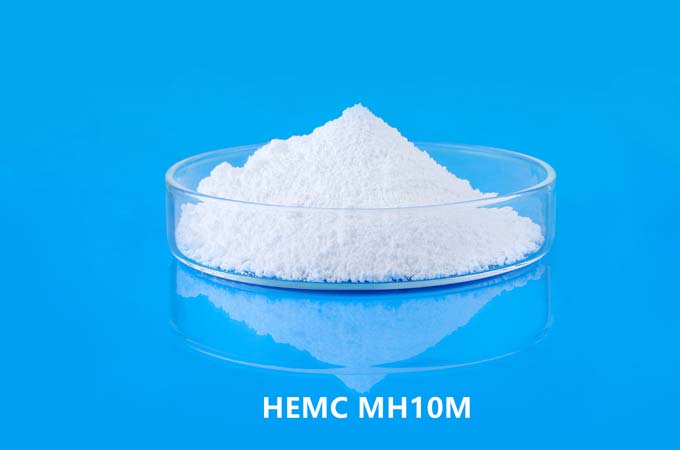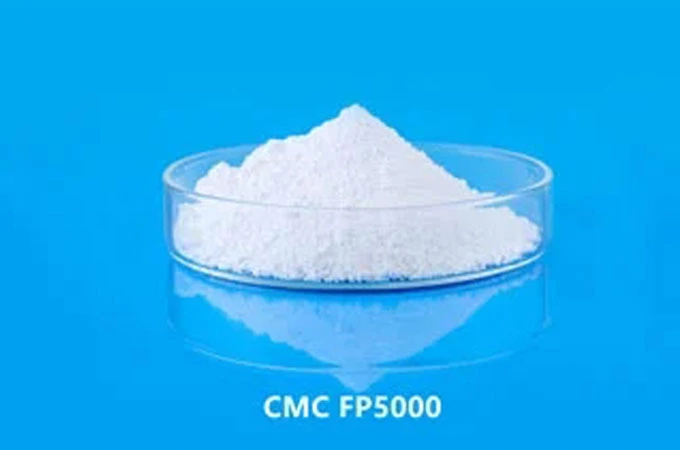Hydroxypropyl methylcellulose (HPMC) is a non-ionic cellulose ether made from natural polymer materials through a series of chemical processes.
It contains almost all properties of methyl cellulose (MC), and is your auxiliary agent for producing high-quality building materials. In order to meet the needs of green and environmental protection, our factory specially develops and produces Qianrun brand products for the building materials industry, which have the characteristics of high water retention, good dispersibility, good fineness, good workability, and convenient dissolution. It is suitable for dry powder mortar building materials, interior and exterior Wall water-resistant putty powder (paste), adhesive, caulking agent, interface agent, water-based paint, self-leveling agent and other new building materials. In the production of building materials, cellulose ether is an indispensable additive. After adding HPMC, the following performance can be improved:
1. Water retention—Enhance water retention, improve cement and gypsum building materials such as poor hardening and cracking caused by excessive drying and insufficient hydration.
2. Workability—increased the plasticity of mortar, improved the industriality of construction and steamed coating, and improved work efficiency;
3. Adhesiveness - due to the increased plasticity of the mortar, it can better bond the substrate and the adherend;
4. Anti-slip - due to its thickening effect, it can prevent the occurrence of slippage of mortar and bonded objects during construction.
5. CAS 9004 65 3
Physical and Chemical Properties:
1. Appearance: HPMC is white or off-white fibrous granular powder, odorless.
2. Solubility: HPMC is almost insoluble in absolute ethanol, ether, and acetone, but dissolves into a clear or slightly turbid glue in cold water. HPMC can be dissolved in some organic solvents, and can also be dissolved in a mixture of water-organic solvents.
3. Particle size: 100 mesh pass rate ≥ 98.5%, 80 mesh pass rate 100%.
4. Apparent density: 0.30-0.70g/cm3, density 1.26-1.31g/cm3.
Product Features:
1. Salt resistance: HPMC is a non-ionic cellulose ether and not a polyelectrolyte, so it is relatively stable in aqueous solution when metal salts or organic electrolytes exist, but excessive addition of electrolytes can cause gelation or precipitation.
2. Surface activity: HPMC aqueous solution has surface activity function and can be used as colloidal protective agent, emulsifier and dispersant.
3. Thermal gel: When the HPMC aqueous solution is heated to a certain temperature, it becomes opaque, gels, and precipitates, but when it is continuously cooled, it returns to the original solution state, and the temperature at which this gel and precipitation occurs Mainly depends on their type, concentration and heat rate.
4. PH-stability: The viscosity of HPMC aqueous solution is hardly affected by acid or alkali, and the pH value is relatively stable in the range of 3.0-11.0.
5. Water retention: HPMC is a high-efficiency water retention agent, which is widely used in ceramics, building materials and many other aspects.
6. Adhesiveness: As a high-tech adhesive, HPMC is used in pigments, papermaking, tobacco products and ceramic products.
Dissolving Method:
1. Hot water method: Add 1/3 or 2/3 of the required amount of water into the container and heat it to above 80°C, because HPMC does not dissolve in hot water. So the initial HPMC can be uniformly dispersed in hot water, then add the remaining amount of cold water or ice water to the hot water slurry, and cool the mixture after stirring.
2. Powder mixing method: dry mix HPMC powder with equal or larger amounts of other powdery ingredients to fully disperse, then add water to dissolve, then HPMC can be dissolved at this time without agglomeration.
3. Organic solvent wetting method: pre-disperse or wet HPMC with organic solvents, such as ethanol, ethylene glycol or oil, and then add water to dissolve, then HPMC can also be dissolved smoothly at this time.
Note: The surface-treated HPMC can be wetted with cold water first, such as ammonia water or alkaline water to adjust the pH to 8-10 to form a viscosity.
Main Purpose:
HPMC can be used as thickener, dispersant, emulsifier and film-forming agent, etc. Its industrial-grade products can be used in daily chemicals, synthetic resins, construction and coatings.
Suspension polymerization:
In the production of synthetic resins such as polyvinyl chloride (PVC), polyvinylidene chloride and other copolymers, suspension polymerization is most commonly used and is necessary to stabilize the hydrophobic units suspended in water. As a water-soluble polymer, HPMC products have excellent surface activity and act as a colloidal protective agent, which can effectively prevent the aggregation of polymer particles. Furthermore, although HPMC is a water-soluble polymer, it is also slightly soluble in hydrophobic units and increases the unit porosity of the produced polymer particles, and it can provide polymers with good removal of residual units and enhanced Ability to absorb plasticizers.
In the formulation of building materials, it can be used:
1) Water-resistant putty powder
2) Cement mortar
3) Bonding of cement-based bricks, tiles and base bricks
4) plasterboard based plaster
 English
English 日本語
日本語 français
français Deutsch
Deutsch Español
Español italiano
italiano русский
русский português
português العربية
العربية Türkçe
Türkçe Nederland
Nederland



